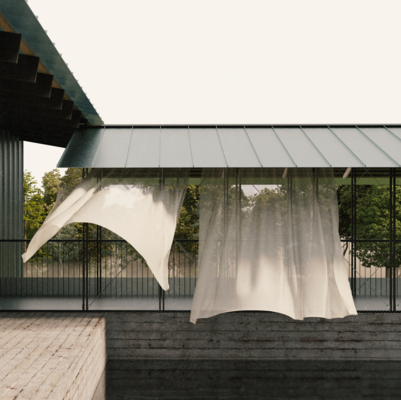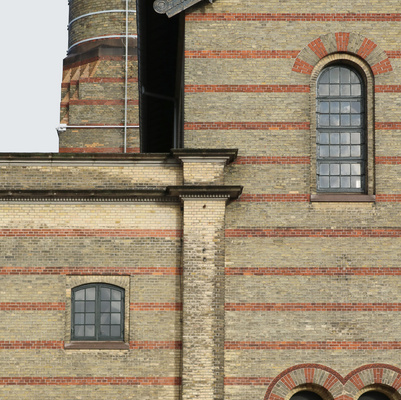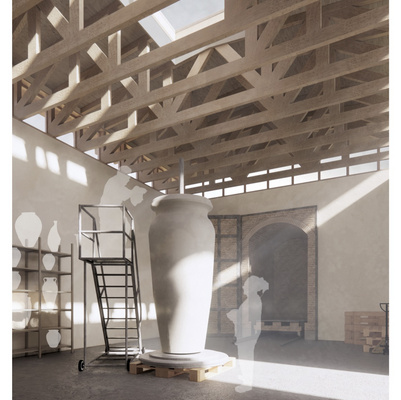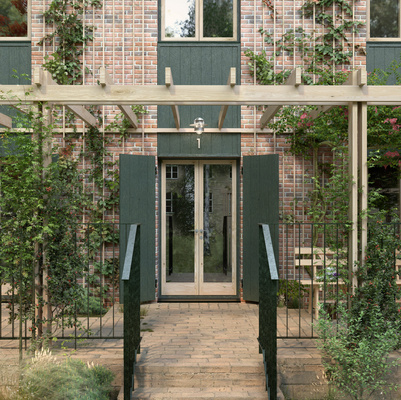Introduction
The wind, the sun, and the human have left their mark on Öland's unique landscape called Alvaret. Alvaret is characterized by crisp vegetation in muted colors and low walls made of limestone slabs that extend to the periphery. The limestone mountain lies just below the surface, sometimes visible, stretching out like a parquet floor.
The buildings stand dry and cold in wood and stone, attempting to protect themselves from the wind by grouping together - dense and low, in rows, clusters, and as enclosed courtyards.
Persnäs Fattighus is located on the edge of one of the island's many Alvar, surrounded by a low wall near a limestone quarry that has been abandoned for almost 100 years. Built in the late 1800s, the modest house is a limestone structure lined with oak wood and employs traditional methods. However, it is not representative of Öland's traditional building practice, but stands out in its unique way of combining the two materials, reminding of the lining of a coat protecting from the wind. Today, the building serves as a local history museum operated by a local association and is only open on weekends during the summer tourist season.
1. How can we, through a transformation, communicate, integrate, and learn from traditional methods of constructing sustainable, resilient buildings using local materials?
2. Can a transformation contribute to a vibrant culture on the island and address social and economic challenges?

Intention
Through archival studies of the island's traditional building techniques, photographic facade registrations, studies of craftsmanship and materials, as well as phenomenological studies of the site, the project takes the following transformation approach as its starting point:
A transformation of the site shall enhance the unique qualities of Fattighuset and Alvaret, while conveying the direct relationship between architecture, landscape, and culture.
Project
The project proposes a stonemasonry school in addition to the local history museum that activates the site throughout the year by connecting it with the local active limestone quarry and the island's arts and crafts school. In protest against the contextless new construction on the island, the construction is a result from the study of fattighuset and interprets the island's traditional building practices. It is primarily constructed using "skrotsten" and materials from two disassembled sheds on-site. Skrotsten refers to stones that are too porous to be used as load-bearing elements and are left in piles near the old limestone quarries. In the project, these stones form a layer, or coating, surrounding the new wooden volumes, forming a lining, resulting in a rugged exterior facing the landscape and a soft interior facing the courtyard. Unlike the traditional building practice, the addition is insulated and can be used comfortably year-round, with a layer of eelgrass achieving the required thermal performance level as per building regulations.






































